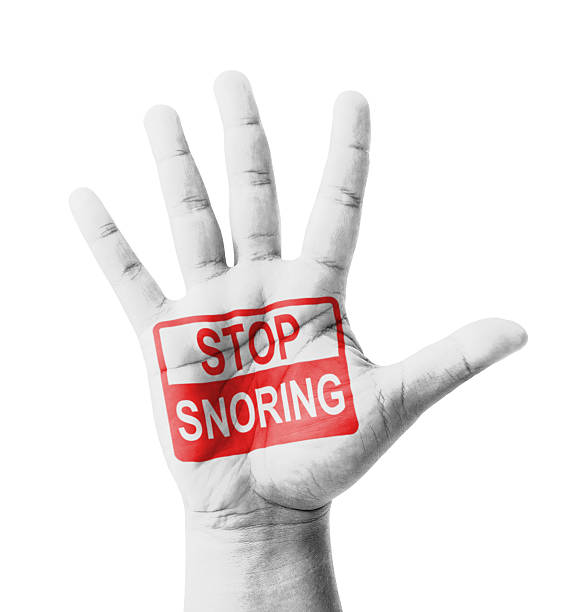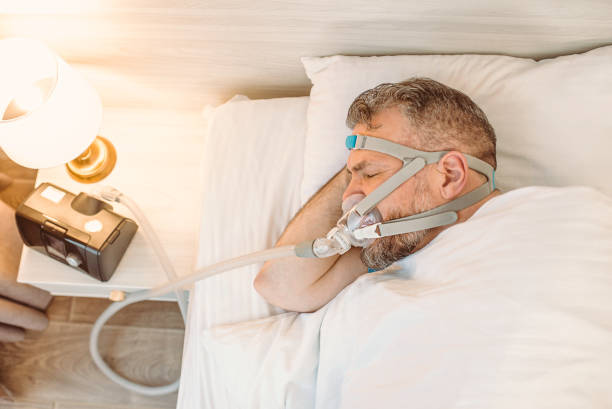How to Stop Sleep Apnea: A Comprehensive Guide to Restful Nights

Welcome to The Healthy Health Spot, your go-to source for expert advice within the health industry.
In this post, we’re diving deep into a common sleep disorder that affects millions of people worldwide – sleep apnea.
If you’ve been struggling with interrupted sleep and daytime fatigue, you’re not alone.
But fear not, as we’re here to provide you with a comprehensive guide on how to stop sleep apnea and enjoy restful nights once again.
Understanding Sleep Apnea: Unveiling the Culprit Behind Sleepless Nights
Sleep apnea is a sleep disorder characterized by pauses in breathing or shallow breaths during sleep. These interruptions can last for seconds to minutes and may occur multiple times throughout the night. The two main types of sleep apnea are obstructive sleep apnea (OSA) and central sleep apnea. OSA, the more common form, happens when the muscles at the back of the throat relax excessively, causing the airway to narrow or close.
Recognizing the Symptoms: Are You at Risk?
Identifying the symptoms of sleep apnea is crucial for seeking timely intervention. Look out for signs such as loud snoring, abrupt awakenings accompanied by choking or gasping, excessive daytime sleepiness, difficulty concentrating, and morning headaches. If you or your partner notice these symptoms, it’s time to take action.
Lifestyle Modifications for Managing Sleep Apnea: Small Changes, Big Impact

- Maintain a Healthy Weight: Excess weight can contribute to airway obstruction, worsening sleep apnea. Incorporate a balanced diet and regular exercise to shed those extra pounds and improve your sleep quality.
- Sleep Position Matters: Elevating your head and sleeping on your side can help keep your airway open during sleep. Invest in a body pillow to encourage side-sleeping.
- Avoid Alcohol and Sedatives: These substances relax the muscles in your throat, increasing the risk of airway collapse. Minimize their intake, especially close to bedtime.
Medical Interventions: When Expert Assistance is Needed

- Continuous Positive Airway Pressure (CPAP): A CPAP machine delivers a steady stream of air through a mask, keeping your airway open throughout the night. This is one of the most common treatments for moderate to severe sleep apnea.
- Bi-level Positive Airway Pressure (BiPAP): Similar to CPAP, BiPAP adjusts air pressure levels based on your breathing patterns. It’s often prescribed if CPAP is not well-tolerated.
- Oral Appliances: Dentists can custom-fit devices that reposition your jaw and tongue to prevent airway obstruction. These are particularly useful for mild to moderate OSA.
Surgical Options: Exploring Lasting Solutions
- Uvulopalatopharyngoplasty (UPPP): This surgical procedure removes excess tissue from the throat to widen the airway. It’s suitable for certain cases of OSA.
- Genioglossus Advancement (GA) and Hyoid Suspension: These surgeries reposition the tongue and other muscles to prevent airway collapse. They’re often combined with other procedures.
Conclusion:
Don’t let sleep apnea rob you of the restorative sleep you deserve. By making simple lifestyle changes, seeking medical assistance when needed, and exploring surgical options if appropriate, you can successfully put an end to sleep apnea’s disruptive effects. Remember, a good night’s sleep is within your reach, and with the right steps, you can reclaim your nights and wake up refreshed and revitalized.
Thank you for joining us at The Healthy Health Spot. We’re committed to providing you with expert insights to empower your journey towards better health and well-being.

